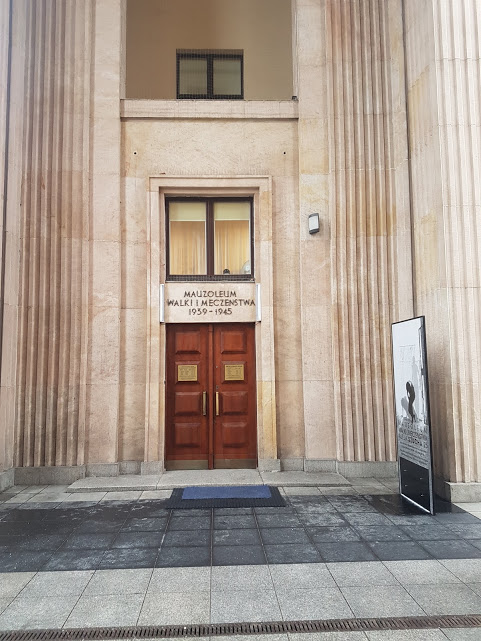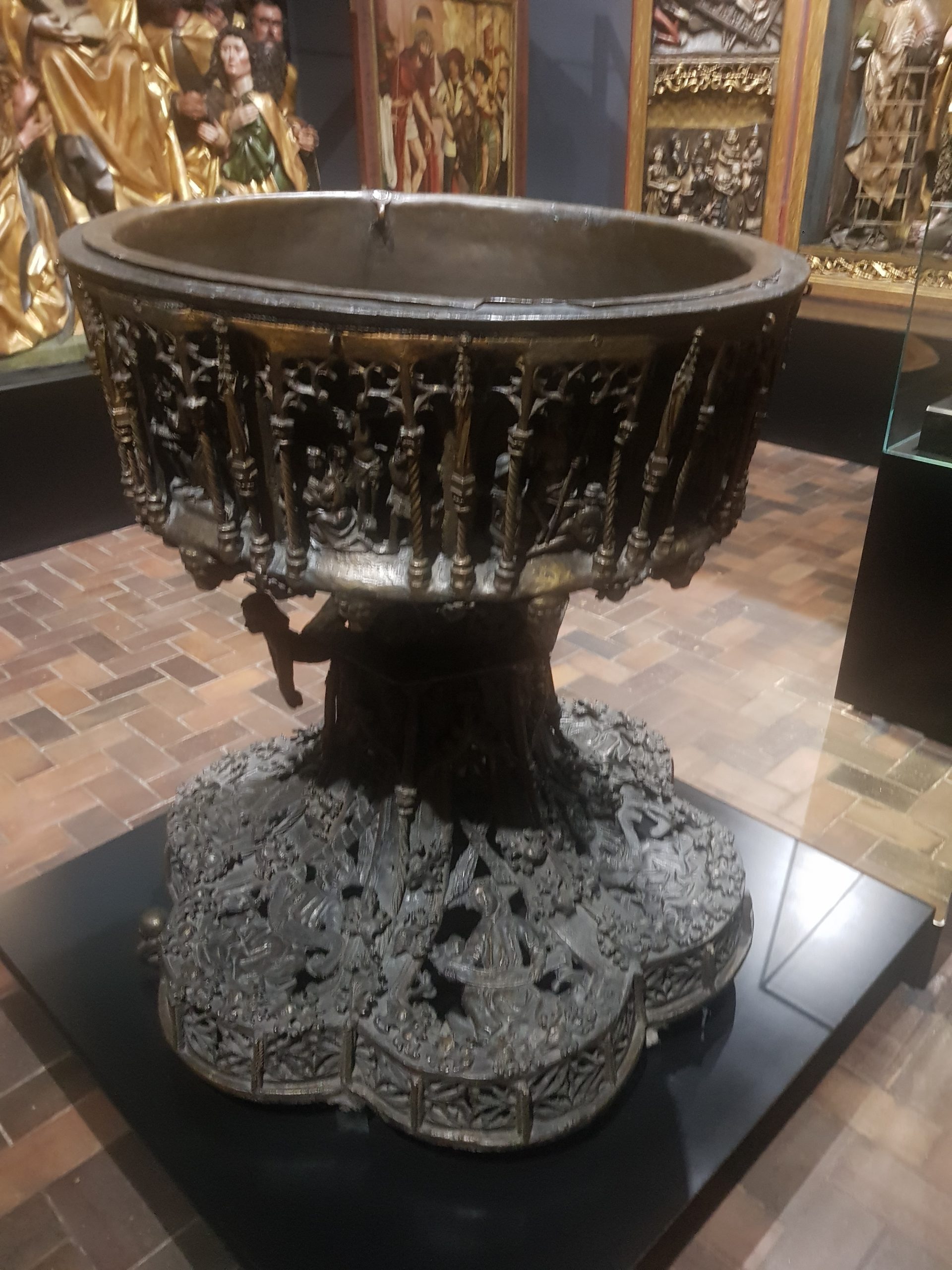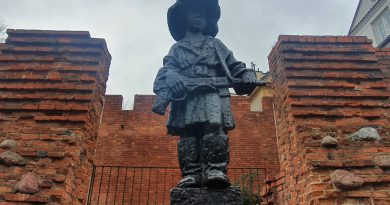Warsaw – Mausoleum of Struggle and Martyrdom
Rather appropriately in some ways, in terms of never forgetting what happened here, this museum is located within the building of the Ministry of National Education. Before the Second World War, the building was used as the Ministry of Religious Beliefs and Public Education, but during the Nazi occupation of Poland, the basement was repurposed as a prison. On the floors above, the secret police set up their offices and began their work in trying to oppose the work of the Polish resistance, the influence of the church and those who sought to damage the rule of the Germans in the city.
A visit starts with a video presentation, with the staff member helpfully putting on an English translation for me. I was the only visitor for much of the time (I visited in February 2018, at a time when it was cold and starting to snow…) and the staff were warm and engaging, but otherwise let me get on with visiting the museum. Although this did mean that I was then walking around the cells and former torture areas on my own, which does allow for a more atmospheric visit. By atmospheric, I mean slightly unnerving.
A corridor between offices used by the Nazis, with torture and killings being commonplace in the cellars. One of the rooms used by the officers has been restored to as it might have looked and there’s a radio there, a reminder that this was played loudly during some periods of torture, to drown out the sound. Torture was also often performed in front of the victim’s friends and family, with the individual sometimes being dragged back unconscious into their cell.
A corridor with located cells off it. During the period of the Warsaw Uprising, a large number of people were executed here and their bodies burned in nearby buildings.
Graffiti scratched into the wall by the prisoners, usually by using their fingernails. Over 1,000 inscriptions were found in the cells, including prayers, names and details of those who had been killed.
One of the cells, with some of the rooms having bullet holes in the wall, a reminder of the horror which took place here. Prisoners would be seated in some areas and have to wait in silence for their interrogation.
After the Germans left the city, a decision was made relatively quickly to preserve the basement area as a museum, dedicated to all those who suffered there. There have though, at the museum’s admission, been some structural changes made to the building since then, so I’m a little unsure of just how much looks the same as it did. Given that so much of Warsaw was destroyed by the Nazis before their departure, this remains though one of the best preserved of the buildings which the Germans used during their time here.
The TripAdvisor reviews are nearly all positive, with few exceptions, although one Canadian was really pleased with their visit:
“A dark corridor and rooms with a bed, that’s what we could see.”
Hmmm…..
It’s a small museum, with a low admission charge, with everything being well curated and there was plenty of information about what happened in the basement. Much of that information is presented on video screens, with English translations available, a sobering reminder of the past.








